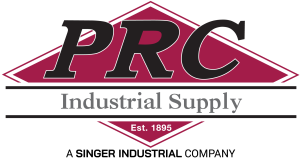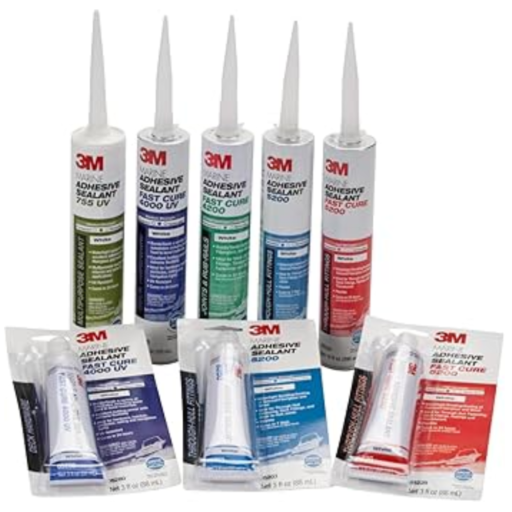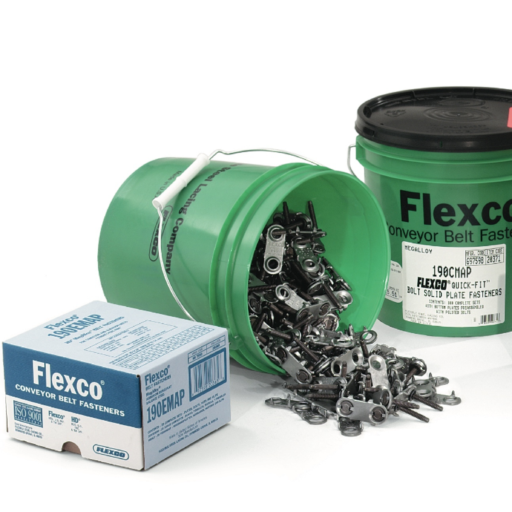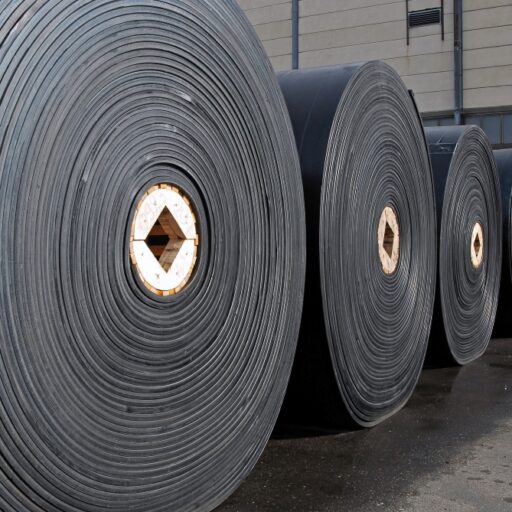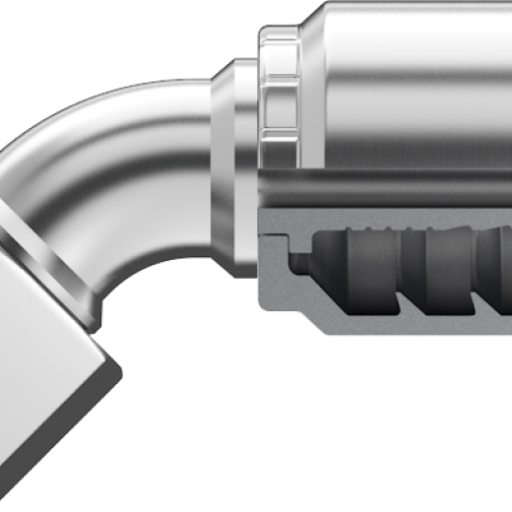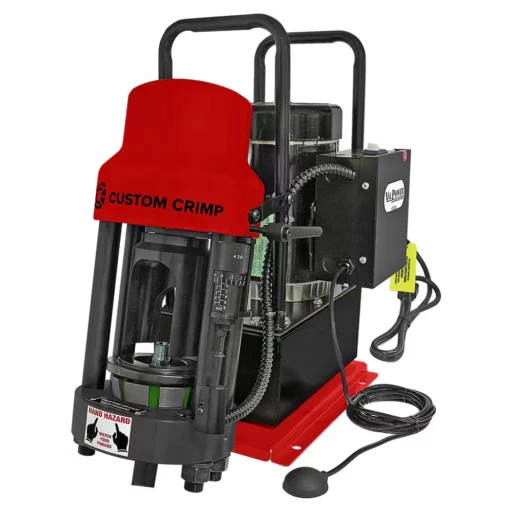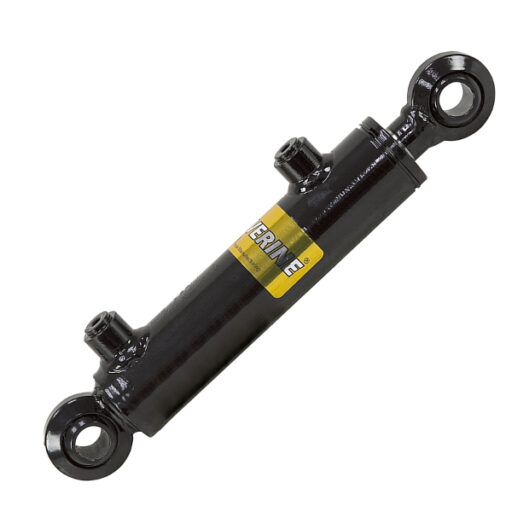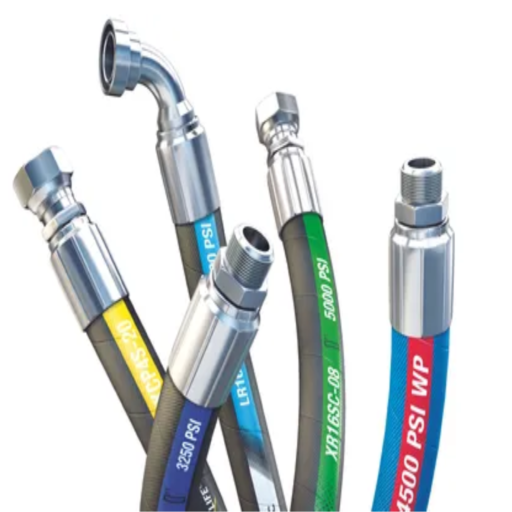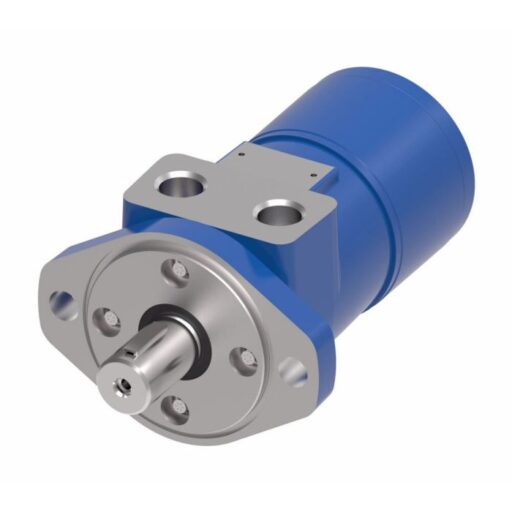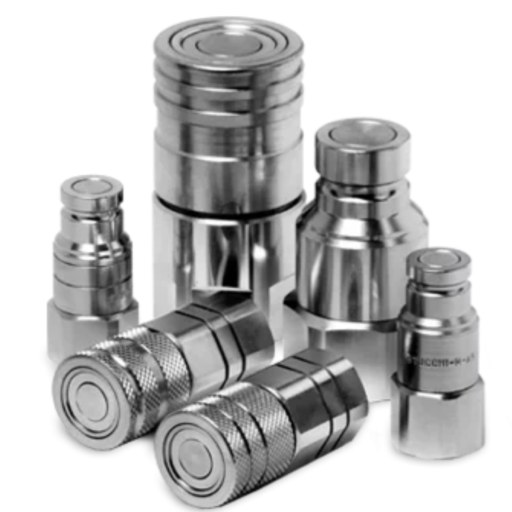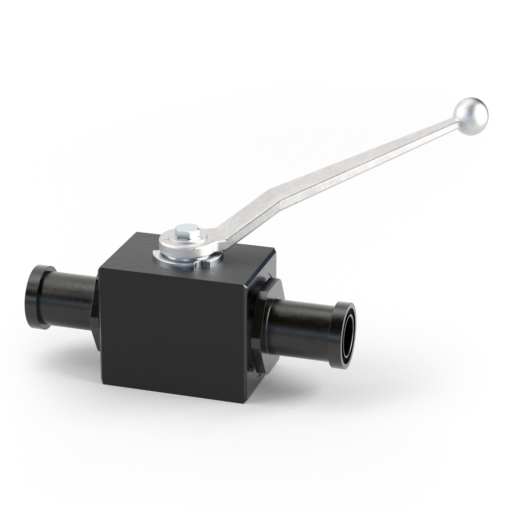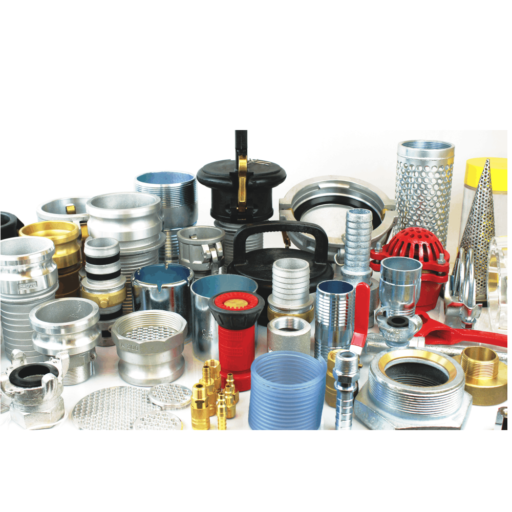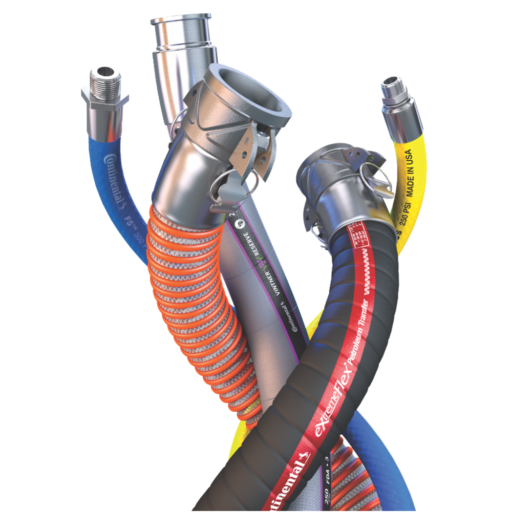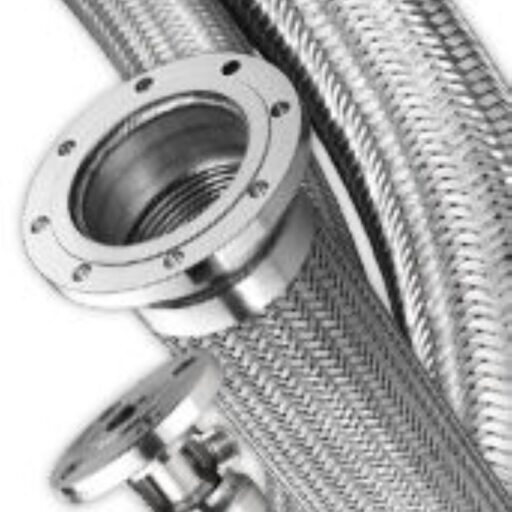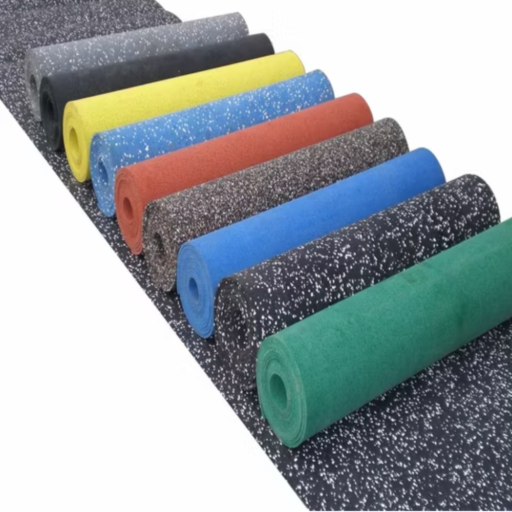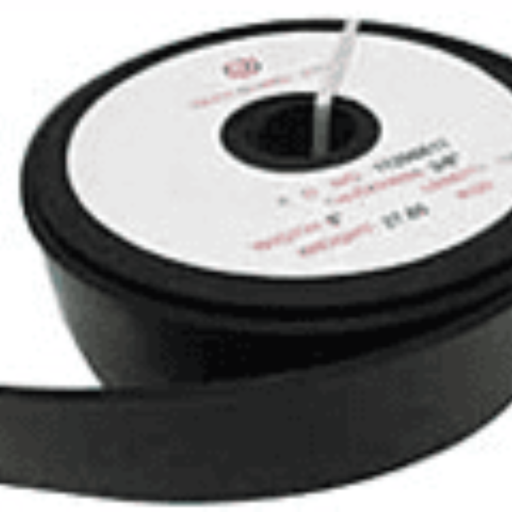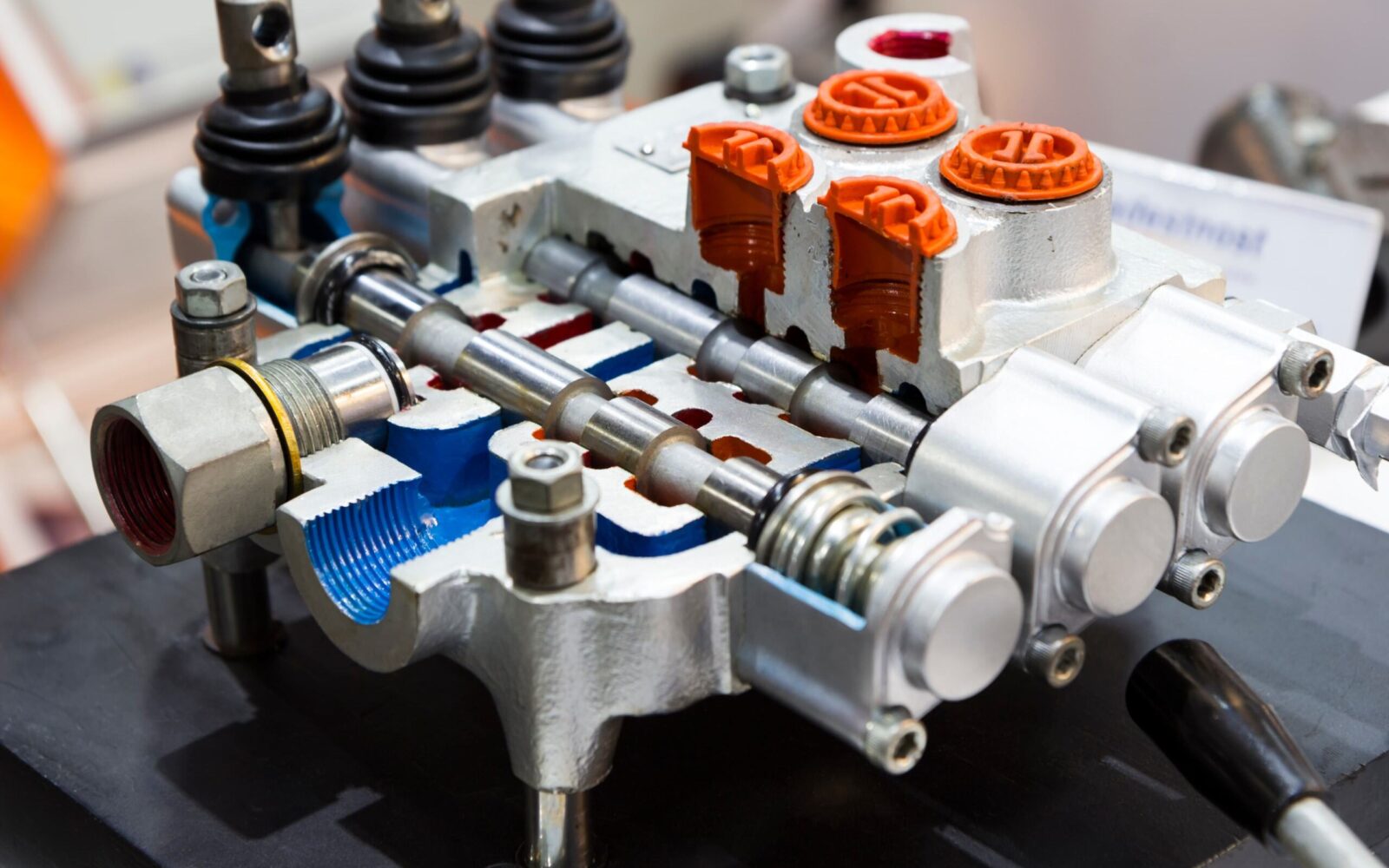Optimizing Hydraulic System Performance Through Proper Valve Application
Hydraulic valves are critical to the safe and efficient operation of any hydraulic system. They control flow, pressure, and direction—making them essential for regulating performance and protecting system components. With so many valve types available, choosing the correct one requires more than product knowledge—it requires application insight.
At PRC Industrial, our fluid power specialists help customers across the Northeast select, size, and integrate hydraulic valves as part of complete system designs or upgrades. Whether you’re outfitting mobile equipment or stationary machinery, we ensure your hydraulic valves are purpose-built for the job.
Common Types of Hydraulic Valves
Understanding the basic functions of hydraulic valves helps ensure proper system design and long-term performance. Below are the most common valve types found in industrial and mobile hydraulic systems:
1. Directional Control Valves
These valves control the direction of fluid flow within the system. They are commonly used to extend or retract hydraulic cylinders or control the rotation of hydraulic motors.
- Types: Manual, solenoid-operated, pilot-operated
- Common configurations: 2-way, 3-way, 4-way
- Applications: Cylinder actuation, motor control, mobile equipment
2. Pressure Control Valves
Pressure control valves are essential for maintaining system safety and performance by managing hydraulic pressure levels.
- Types: Relief valves, pressure-reducing valves, sequence valves, counterbalance valves
- Functions: Prevent system overpressure, reduce pressure for sub-circuits, manage load holding
- Applications: Load control, overpressure protection, machine safety
3. Flow Control Valves
These valves regulate the speed of actuators by controlling the flow rate of hydraulic fluid.
- Types: Fixed or adjustable orifice, pressure-compensated, needle valves
- Functions: Speed control of cylinders and motors, flow balancing
- Applications: Material handling, process automation, industrial machinery
4. Check Valves
Check valves allow flow in one direction and block flow in the reverse direction. They are used to prevent backflow and maintain pressure in a line.
- Types: Inline, pilot-operated, load-holding
- Applications: Load-holding circuits, accumulator protection, pressure retention
Why Proper Valve Selection Matters
Choosing the wrong valve—or incorrectly sizing a valve—can result in:
- System inefficiency or poor actuator response
- Excessive heat buildup
- Pressure spikes or component damage
- Safety risks or unintended machine movement
Each hydraulic system has unique requirements based on pressure, flow rate, temperature, and function. Selecting the right valve means evaluating the system holistically and aligning component selection with real-world demands.
PRC Industrial: Your Partner in Hydraulic Valve Selection
At PRC Industrial, we don’t just sell hydraulic valves—we help design complete hydraulic systems that work. Our team provides:
- Application Analysis: We evaluate your system’s pressure, flow, and control needs
- Valve Specification Assistance: We help select the correct valve type, size, and actuation method
- System Design Support: We assist in designing efficient and safe hydraulic circuits from the ground up
- OEM and MRO Support: Whether you’re building new or upgrading existing equipment, we can assist
- Access to Trusted Brands: We supply high-quality hydraulic valves from leading manufacturers
We support industries including construction, forestry, marine, recycling, manufacturing, and more—delivering both off-the-shelf components and engineered solutions.
Let’s Get Your Hydraulic System Flowing Right
If you’re troubleshooting valve issues, designing a new system, or retrofitting existing equipment, PRC Industrial is here to help. Our expertise in hydraulic valves and system design ensures the right components are in place for long-term reliability and performance.
Contact PRC Industrial today to speak with a fluid power expert and get support for selecting the correct hydraulic valves for your system.
